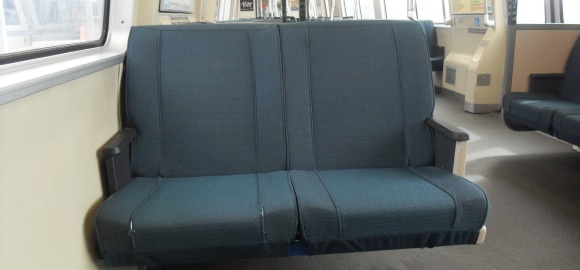The Dirt on BART’s Cloth Seats
It’s a question that has probably crossed many commuter’s minds whenever they go to and from work each day on their BART train. Is this seat really clean?
A recent independent report by the Bay Citizen tested the bacterial content of a random seat in a BART train. And the results were telling.
The Bay Citizen commissioned Darleen Franklin, a supervisor at San Francisco State University’s biology lab, to analyze the seat on a train headed from Daly City to Dublin/Pleasanton. The test found “high concentrations of at least nine bacteria strains and several types of mold” on the seat.
The test also found “fecal and skin-bourne bacteria resistant to antibiotics…which showed characteristics of methicillin-resistant staphylococcus aureus, or MSRA, a bacterium that can cause potentially lethal infections.” Franklin did caution that the findings were preliminary and would need to be further tested.
BART officials said they were not surprised by the results as a lot of their finances over the last few years have been catered towards on-time performance.
But the transit agency is dedicating more funding to keeping its trains cleans. They already spend about $600,000 a year on dry cleaning costs for the train’s seats and will continue implementing a “regular seat replacement program” so that by the end of next year, nearly the entire fleet of 669 train cars will have seats that are no more than three years old.
BART is also looking for public input on what type of seats to implement when the agency rolls out its new fleet of cars in 2017.
Click here for a detailed look at the BART seat investigation.
Click here for what BART is doing to improve cleanliness.









